Il Giardino di Rose - La Santissima Vergine del Rosario. Oratorio for 5 Voices and Instruments (1707). Critical Edition
La Santissima Vergine del Rosario. Oratorio for 5 Voices and Instruments (1707). Critical Edition
-
Ships in 3 to 4 weeks
Details
Description
SKU: UT.NAP-3
La Santissima Vergine del Rosario. Oratorio for 5 Voices and Instruments (1707). Critical Edition. Composed by Alessandro Scarlatti. Edited by Giampiero Locatelli and Nicolò Maccavino. Hardback (Cloth Hard Cover). Napoli e l’Europa (Naples and Europe). Classical. Score. Ut Orpheus #NAP 3. Published by Ut Orpheus (UT.NAP-3).ISBN 9790215318366. 9 x 12 inches.
Performance Material on Hire
[Solo: SSATB - Flautino.bFl.0.2.0.1 - 0.2.0.0 - Lute - Str - Bc]
From the beginning of 1703 throughout the whole duration of his residency in Rome (prolonged until the end of 1708, with the exception of the Venetian visit), the composition of oratorios was one of the principal activities of Alessandro Scarlatti, who added to his already noteworthy output with the creation of new masterpieces. Among these Il giardino di rose – the subject of the present critical edition – stands out for its stylistic innovations as well as for its intrinsic musical qualities. Authoritative scholars have indicated for some time that this piece may be considered as one of the best compositions of the Palermitan musician; and recently Saverio Franchi (to whom we owe the first critical edition), as well as pointing to the beauty of the music, its fine expressive qualities, has drawn attention to its modernity, going as far as to consider the oratorio ‘an exemplary work, a model of European stature, to which Handel himself had to measure up in order to create his Resurrection Oratorio. This was performed (in 1708) barely a year after Il giardino di rose in the same place, for the identical occasion, and for the same commissioning patron, the Marchese Francesco Maria Ruspoli.
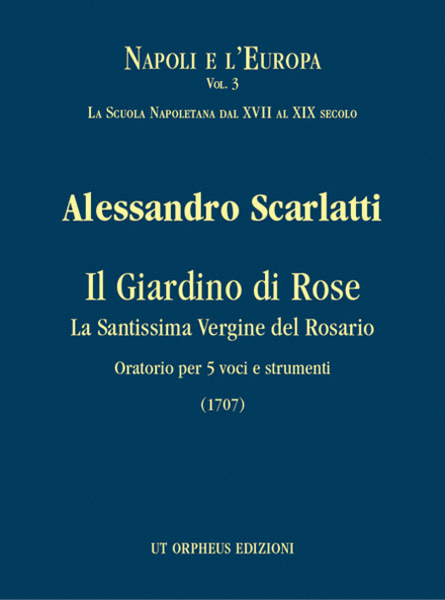
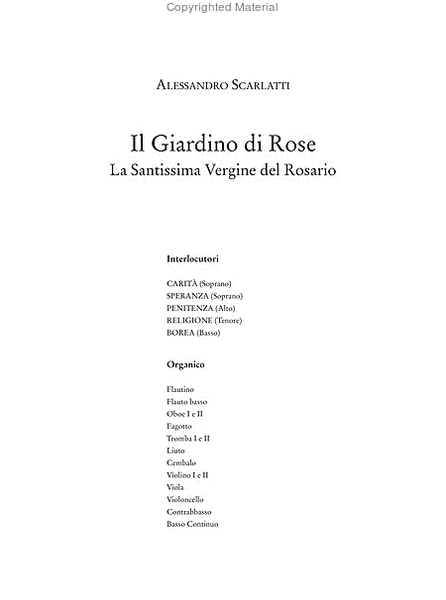
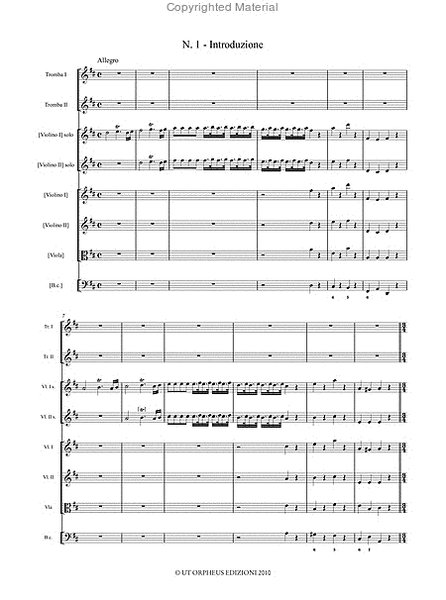
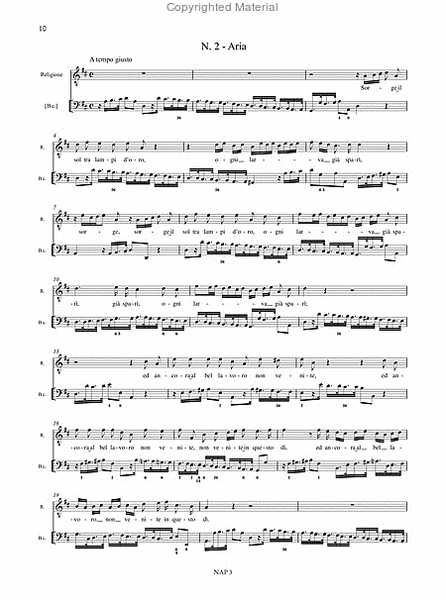
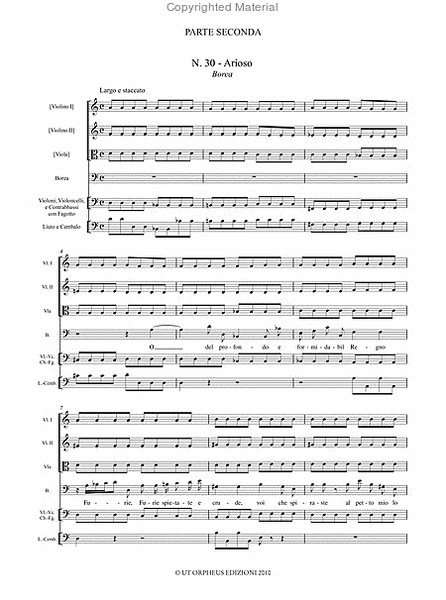
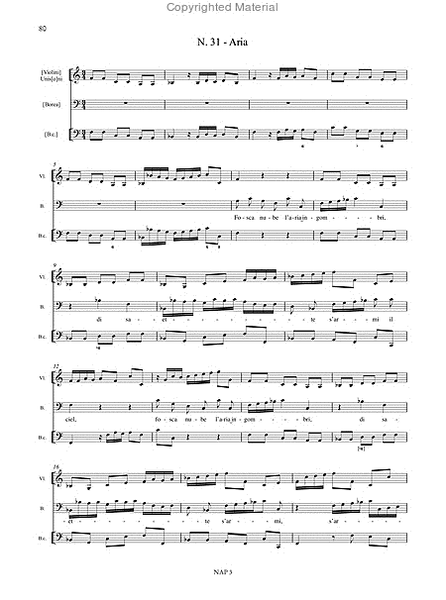
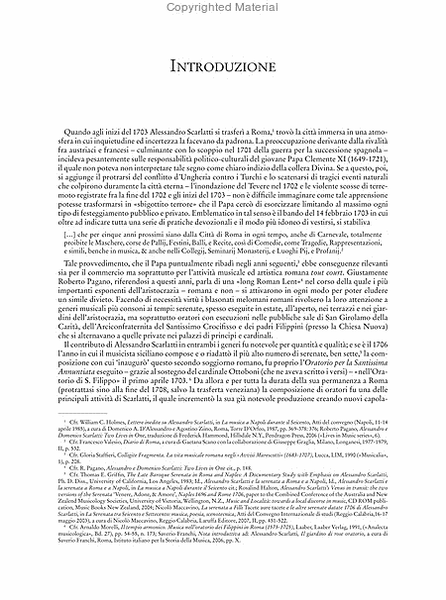
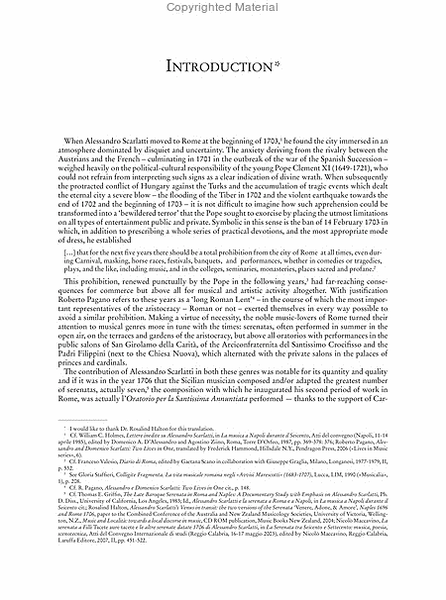
 Share
Share